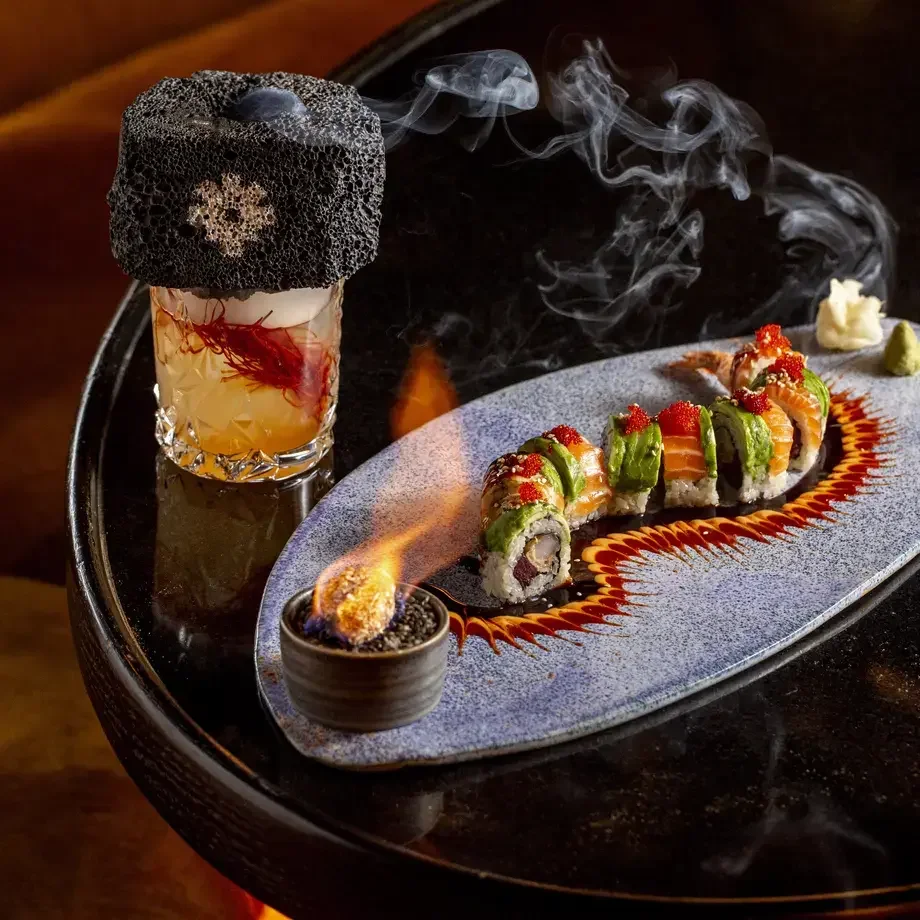Pancetta is usually made by heavily seasoning the pork belly cut with salt and pepper. The meat is then rolled up tightly, and wrapped up into shape. It is then left for several weeks while it cures and forms its shape. That said, pancetta producers often have their own methods with varying details.
Bacon is made very similarly but is smoked after the curing process. This usually involves cold smoking, which means, unlike some smoked foods, the meat isn’t actually cooked during the process. The taste can also vary depending on the wood burnt in the smoking process. For example, Canadian bacon uses maple wood.
As mentioned above, prosciutto is made not from pork belly, as with pancetta and bacon, but the hind leg of the pig. The leg is cleaned, salted heavily, and left for weeks to air dry in a cool place. This ensures that all moisture is removed, making it impossible for bacteria to form (hence why it’s edible raw). It’s then cleaned again, removing all the salt, and then re-seasoned according to the producer’s (often secret) recipe. Finally, it’s then aged in a temperature controlled environment for anywhere between one to three years.
Recipes with pancetta
While it’s delicious on its own, pancetta is best used to add depth to dishes. It’s often the unrecognised hero of the meal, as with this recipe for chicken cacciatore or this turnip greens quiche recipe. But if you really want to show the pancetta itself some love, why not give it equal billing by cooking up these delicious pancetta-wrapped scallops, courtesy of Italo Bassi and Riccardo Monco at Enoteca Pinchiorri in Florence.
Recipes with bacon
As the old saying goes 'everything is better with bacon'. While that might not be true, strictly speaking, it is a surprisingly versatile ingredient, especially when a hint of smoke is called for. Bacon can completely transform cornbread, for example, or add an appealing richness to something as otherwise bland sounding as a cabbage risotto. But if you really want to make a statement, watch mouths water as you plonk this pheasant with bacon and prunes on the dinner table.
Recipes with prosciutto
Because prosciutto doesn’t need to be cooked, using it can be as simple as throwing it into a salad, as with this mixed salad with mango and prosciutto, or elevating a dish with the mother or all edible garnishes, as with this monkfish with prosciutto and parmesan. As you may have gathered, its delicate flavour works well when punched up by stronger ones, like tart fruits or strong cheeses. So much so that we’re going to double down on the prosciutto and parmesan combination with these simple turkey rolls.
Oh, and just a tip before we wrap this up. Once you’ve mastered the use of pancetta, bacon and prosciutto in your cooking, you really ought to learn how to use guanciale as well.













